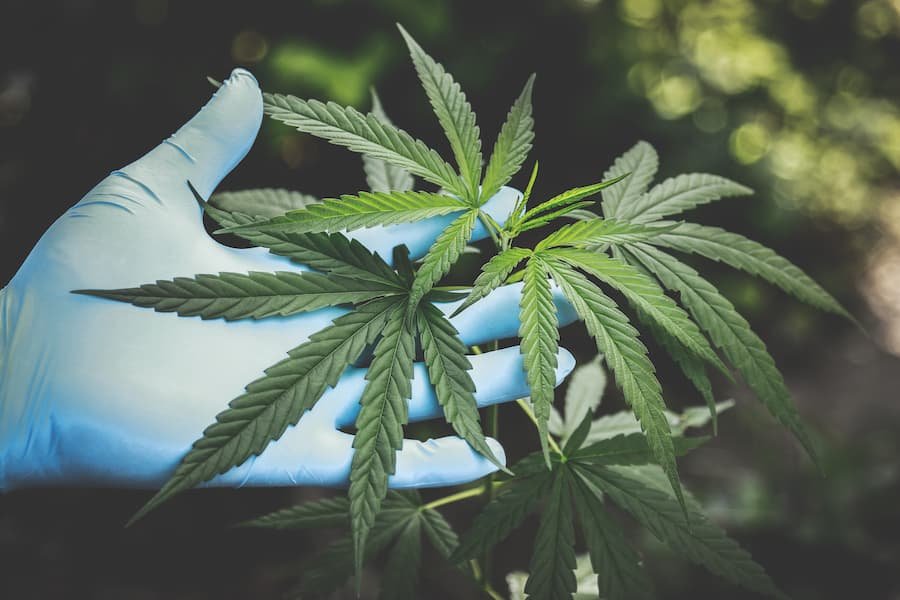A cannabis dispensary is a place where marijuana is sold. A marijuana Dispensary is where patients can buy their medical marijuana. The medical marijuana dispensary is regulated by the MMCC (Medical Marijuana Control Program), and if the person has an MMCC ID card, they can purchase their medical marijuana.
Table of Contents
Testing rules
A cannabis dispensary is now required to provide detailed lab results for their products. But what are the requirements?
While testing for medical marijuana has been a given in other legal states, it was not mandatory in other states.
To get an adult-use license, shops must have their products tested for mycotoxins, residue solvents, microbiological contaminants, and pesticide chemical residue. It includes testing for moisture content.
For medical marijuana, dispensaries must be certified by the state. It means they must test the potency of their cannabis and submit it to a state-licensed lab. Then the product must be destroyed if it fails.
Marijuana is the most often used illicit substance.
Marijuana is the most widely used illegal drug in the United States. It is also the most commonly abused substance worldwide. It produces a “high” by stimulating cannabinoid receptors in the brain. However, its health effects are not yet fully understood.
Although the drug has been legalized in several states, it remains a federally banned substance. The Drug Enforcement Administration (DEA) publishes several resources to help prevent marijuana use among youth. These include information on the health effects of marijuana, as well as prevention strategies.
Young adults are at high risk for marijuana use. There are several reasons for this. One theory is that earlier drug use alters the brain, increasing the risk of later dependency. Another theory is that young people are more likely to begin using marijuana when they are transitioning from childhood to adolescence.
Cannabinoids in cannabis work
The human body contains a complex system called the endocannabinoid system (ECS). It plays a vital role in maintaining homeostasis. The endocannabinoid receptors are used to regulate neurotransmitter release and synaptic plasticity.
Cannabinoid receptors are found in the brain and the immune system. The CB1 receptor is the primary receptor for THC. It is also responsible for the psychoactive effects of marijuana. Other cannabinoid receptors include the CD1 and CB2 receptors. THC interacts with the other cannabinoid receptors in the body.
The CB1 and CB2 receptors are part of the body’s nerve system. These receptors can be found in the central nervous system, the immune system, and the spinal cord.
THC affects the brain the most
The effects of marijuana on the brain vary, depending on its usage. THC, the primary psychoactive ingredient in cannabis, can activate several brain parts. For example, it can interfere with the brain’s reward system, which regulates how the body responds to healthy pleasurable behaviors. It can also increase the heart rate, increasing the risk of a heart attack. It can also disrupt the natural process of endocannabinoids, which are chemicals that help modulate the human body’s effective neurotransmitter systems.
The effects of marijuana on the brain also vary according to the type of marijuana used. Higher-concentration products can produce powerful effects on the brain.
Visit the rest of the site Updated Ideas for more useful and informative articles. If you want to write for us, just hit the contact button in the top right corner.
Thank you!

